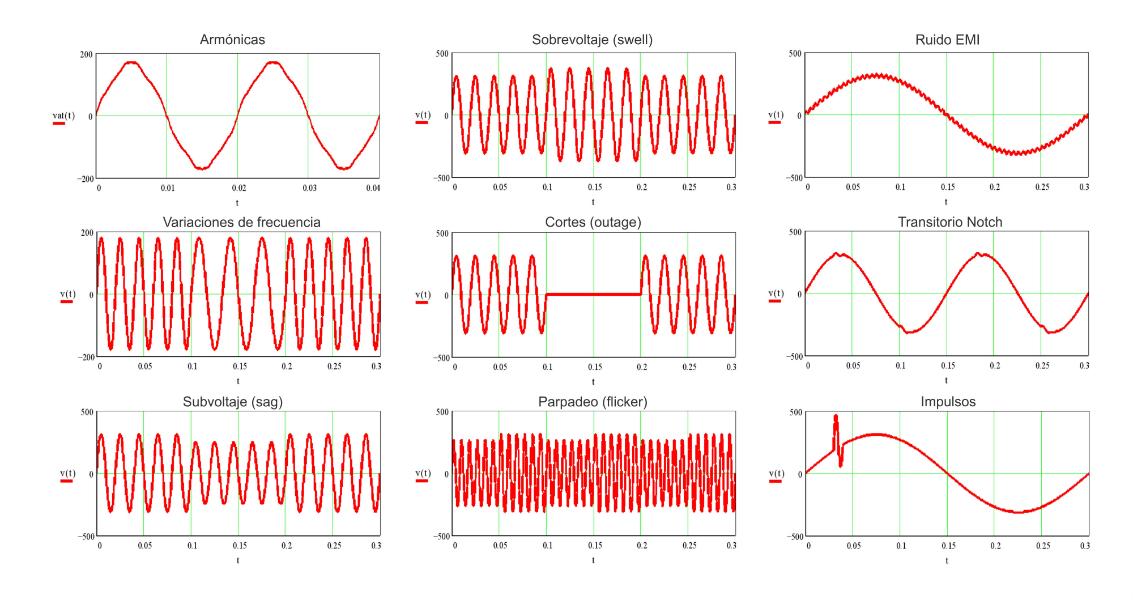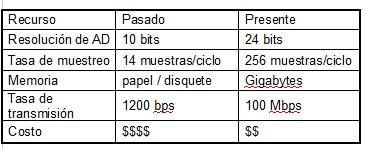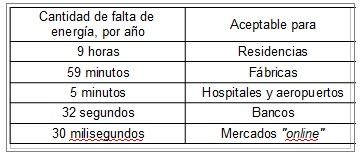 The forms of monitoring, the alternatives for improvements and the associated financial benefits are some of the topics addressed in this article on efficient energy processes.
by Ígor Abrahão Paranhos*
The forms of monitoring, the alternatives for improvements and the associated financial benefits are some of the topics addressed in this article on efficient energy processes.
by Ígor Abrahão Paranhos*
The high technology found in modern equipment has collaborated in the control of industrial processes, increasing productivity and reliability in various sectors, facilitating the production of products with a better level of finish. Meanwhile, the use of this equipment on production lines considerably increases the susceptibility of the system to alterations in energy quality, due to the associated microelectronics.
The appearance of non-linear charges has directly disturbed the current and voltage signals, thus leaving the electrically polluted environment. The concern with the quality levels of electricity has been increasing considerably in recent years, both for consumers and for concessionaires. This article aims to address some aspects of energy quality, forms of monitoring, alternative improvements and associated financial benefits.
However, without a standard definition for electrical power quality (EEC), it is often seen in the literature that parameters and reference values relating to permanent voltage conformity and alterations in voltage wave shape are strongly associated with the matter.
In other words, the quality of the energy delivered can be evaluated through some attributes, such as availability, which is the ability of the electrical system to supply energy in the desired quantity (consumers) without interruptions; conformity, which is the ability of the electrical system to supply energy at appropriate voltage levels, and free from harmonic distortions; restorability, defined by the ability of the electrical system to quickly restore supply, minimizing downtime; and flexibility, which represents the ability of the electrical system to assimilate changes in its structure or configuration.
As this issue incorporates political-financial issues, the point of view of those involved may vary. The consumer, for example, has an interest in quality in the supply of voltage, availability, and that energy has a low cost. The supplier wants a coherent regulation, a use of electric current with quality and volume of commercialization. The government, in turn, defends availability, compliance and restorability (monitored by means of indices, such as DEC and FEC). Meanwhile, the search for an adequate EEC is in everyone's interest, since it is decisive for the continuous operation of companies (mainly industries), which increasingly use sophisticated and sensitive equipment.
The returns obtained by maintaining quality energy are many, and financially they are reflected in various ways. For users, the proper treatment of the EEC, in order to avoid high levels of harmonic distortions and low power factors, as well as other commonly found alterations, represented in Figure 1, lead directly to advantages in the energy account, by the reduction of consumption and absence of fines, and also other less explicit advantages. The increase in the useful life of machines, equipment and motors, savings in cables and reduction of heating losses are also relevant examples.
Certainly, another critical factor that causes unnecessary damage would be the shutdown of a production line, due to a failure or misinterpretation of data from micro-controlled equipment, for example.
Increasingly, companies are investing in systems to monitor the electrical energy used, and using techniques and equipment for the treatment of disturbances in the sinusoidal signals used. In addition, there are growing examples of investments of this type, which in a short time are amortized.
Figure 1 – Most common distortions in low voltage distribution systems
Monitoring systems
In the midst of so many changes and evolutions in energy consumption, as well as the increase in the importance of energy for the growth of the country and the profitability of companies, new followers have used and valued supervision systems, not just as an isolated input of the production process.
At the current level of maturity, energy management came very close to "information technology" (IT), ceasing to be focused and confined exclusively to equipment and energy issues, as they were traditionally considered. Currently, the latest advances are not sought in terms of algorithms and optimization techniques. The main focus is the integration of production, energy and management information.
When talking about "power quality" it is worth the same concept. A modern company does not accept more isolated solutions, proposed by one or another department. All sectors must share information and interact with it simply and quickly. The trend of technological steps being directed for the most part towards the area of software, starting from a multifunctional hardware platform, is increasingly confirmed.
In the last decade, with the emergence of electronic meters based on digital systems, it was possible for management equipment to offer real-time monitoring of all magnitudes for multiple users, allowing this information to be further generalized and the factors of energy quality associated with the energy issue.
The trend for the coming years is for the evolution of energy management systems to be as large and integrative as it was in the last decade. For this reason, companies today do not intend to only monitor voltage and current in real time, but also the number of times and frequency with which interruptions in the power supply occurred, as well as analyze the voltages delivered by the concessionaire and the currents consumed, in search of transitory regimes, harmonics and variations in the amplitude of the electrical signals.
In general, what a consumer wants is to buy cheap energy that meets its minimum requirements based on oscillations and interruptions. Moreover, today, with the emergence of the "free consumer" and the interest of concessionaires in retaining their customers, the issue of energy quality has been strongly promoted.
With the evolution of electronics and the computational power of current microcontrollers, increasingly sophisticated energy monitoring systems were emerging, which provide advanced information and tools (Table 1). Resources such as wireless data communication, storage of information in a database and remote visualization via the Internet, alerting of events by e-mail or through cell phone messages, can be cited as modern aspects that help in the administration of the business. Meanwhile, everyone collaborates for the adjustment of the cost of the system.
Table 1: Evolution of computational resources
High-cost systems are found in the market, as well as more accessible ones. You can find imported or national equipment, from the various companies in the sector, which projected their products. Some are portable, others panel; they can present the waveforms of the different phases of voltage and current locally (in graphic display) or by means of software, or also supply the main performance parameters already calculated, which will serve as a basis for analysis and decision making.
It is interesting to note that "what is measured, is improved". It is important to have knowledge of the health of the electrical network, to be able to correct present problems, or also to prevent failures from occurring at critical moments. Speaking of availability, it can be seen in Table 2 that in some sectors the lack of energy is almost unacceptable.
If the system offers some type of data storage, either in the data bank of a monitoring software, or by internal mass memory (data logger), it is possible to verify the consumption history, and analyze important information, such as the low efficiency of certain equipment, energy use at peak and off-peak hours, seasonality and critical periods of energy demand, which can help in the reframe of tariffs, or relocation of operating hours.
Table 2: Example of reliability for some industries
Beyond the more explicit economies, just mentioned, energy monitoring can serve as a basis for the implementation of energy economy programs, or energy efficiency projects.
Certainly many information for these analyses appear in the energy account, and more detailed information can be requested from the energy concessionaire, meanwhile, specialized systems have advanced data analysis tools, which means practicality and integration of the information. In addition, if an alternative energy source, independent of the concessionaire, such as generators and photovoltaic panels, among others, were being used, the information continues to be considered.
Note: The second part of this article will discuss harmonic current and solutions for some types of electrical disturbances.
*Development Engineer of Full Gauge Controls.













